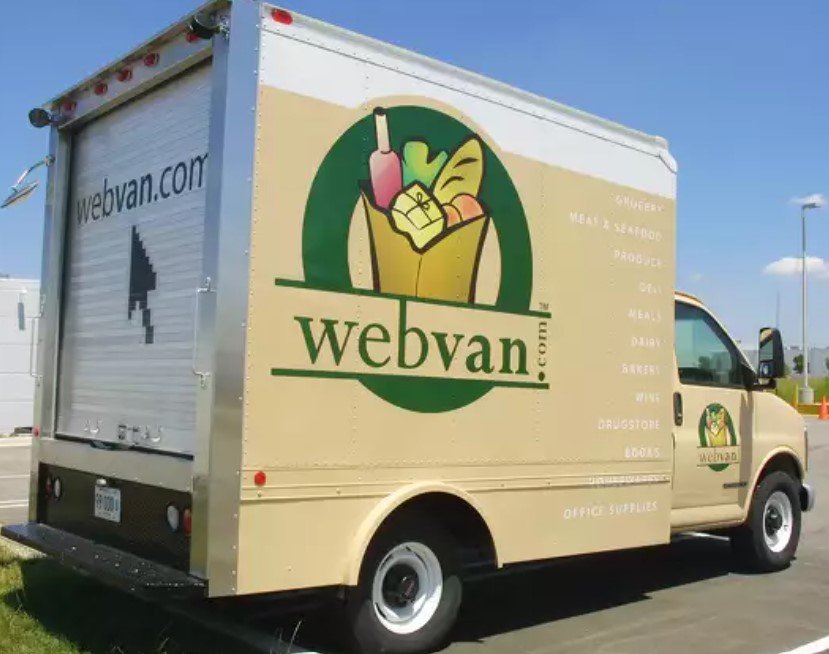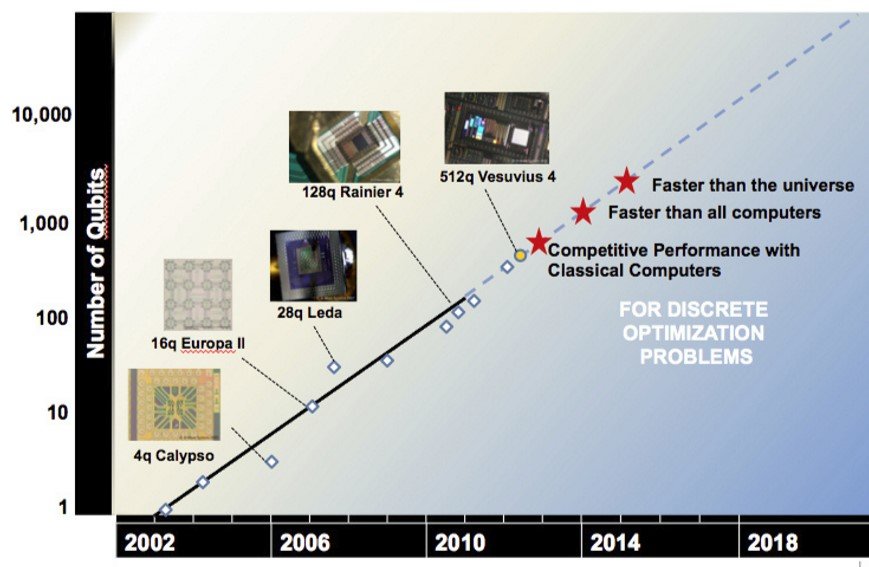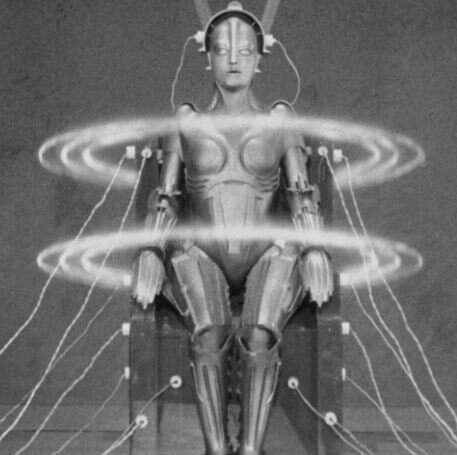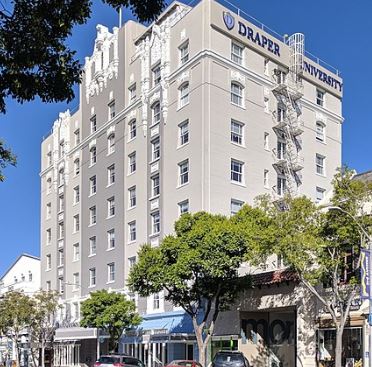Out-Innovated - Part 2
Back in 2020, I wrote an article on the book, Out-Innovate: How Global Entrepreneurs from Delhi to Detroit Are Rewriting the Rules of Silicon Valley. What got me riled up was the title – was Silicon Valley being out-innovated? In the end, I concluded that the publisher’s marketing gurus got a bit ahead of themselves with that provocative title. There was no “out-innovating” going on: the book mainly described the interesting and successful techniques global entrepreneurs were using to make up for some of their local ecosystems’ weaknesses, including lack of capital, limited market size, and cultural challenges.
Now, five years later, my experience at CES 2025 and a recent article published on Forbes.com are prompting me to take another look at Silicon Valley’s innovation model.
First, while touring the booths at CES Las Vegas earlier this year, I noticed how the many China-based brands are moving away from copying to introducing interesting new and original features. And many of these companies are becoming well-respected established brands on their own, such as Hisense, Anker, and Tineco.
Second, I came across a Forbes post written by Jim Euchner, former VP of Global Innovation at Goodyear. Jim describes how the innovation model in Shenzhen, China, “built on uniquely Chinese ways of working, challenges many Western assumptions about how successful innovation happens.” In Silicon Valley, our reputation for openness stops once product/market fit has been achieved. At that point, the discussion is more about protecting IP (Intellectual Property) and building competitive moats. In Shenzhen, the state of open collaboration continues: entrepreneurs even go as far as selling their components to emerging competitors. After all, everyone expects to be copied, so you might as well make some extra revenue while you can. With this model, speed of innovation trumps building competitive moats: holding on to IP becomes irrelevant as long as you maintain your speedy pace of innovation.
This model can explain the rapid emergence of electric vehicle brands in China, which is quite puzzling considering how Google's and Apple's most talented engineers struggled for years to build their own vehicle and were eventually forced to give up. I still remember when I was wrapping up a meeting about ten years go, a Google engineer asked me for advice on where they might be able to source door handles! It turns out that the traditional vehicle supply chain is quite closed to outsiders-not even Tesla could access it until it built sufficient production volumes with the Model 3. But in China, electronics giants BYD and Xiaomi started producing cars within three years of establishing their automotive subsidiaries. It turns out, according to Euchner’s article, in Shanghai there exists a market where “it’s two streets with back-to-back shops. You can find every car component on those two streets. You can walk from the beginning of the street to the end and put together your own EV by the end of the walk.”
China seems to have achieved three key elements for sustained success: rapid innovation speed, massive scale, and a large domestic market. As the local saying goes, “win in China, win anywhere.” Is our more protective approach to innovation doomed to irrelevance? Will the Chinese brands eventually eat us for lunch?
The US and European automotive industry seems particularly worried-anxiety levels haven’t been this elevated since the late 1970s and early 1980s, when Japan seemed unstoppable in its quest for market domination. In the end, the bursting of a massive real estate and stock price bubble, demographic issues related to a mass of retirees, and big policy missteps led Japan into several “Lost Decades” of economic stagnation. Hmm, does this pattern remind you of any country today? We're all thinking of China here... right? Anyways, on top of all those challenges for China, there is of course also the geopolitical friction…
And finally, I wonder if the Shenzhen open innovation model is still applicable to Chinese companies that have established name recognition in the US? Well, it turns out that for the past five years both Anker and Tineco have filed about the same number of patents as Apple (normalized by # employees) and Bissell. Perhaps, once you have built a successful brand, speed is no longer everything?































